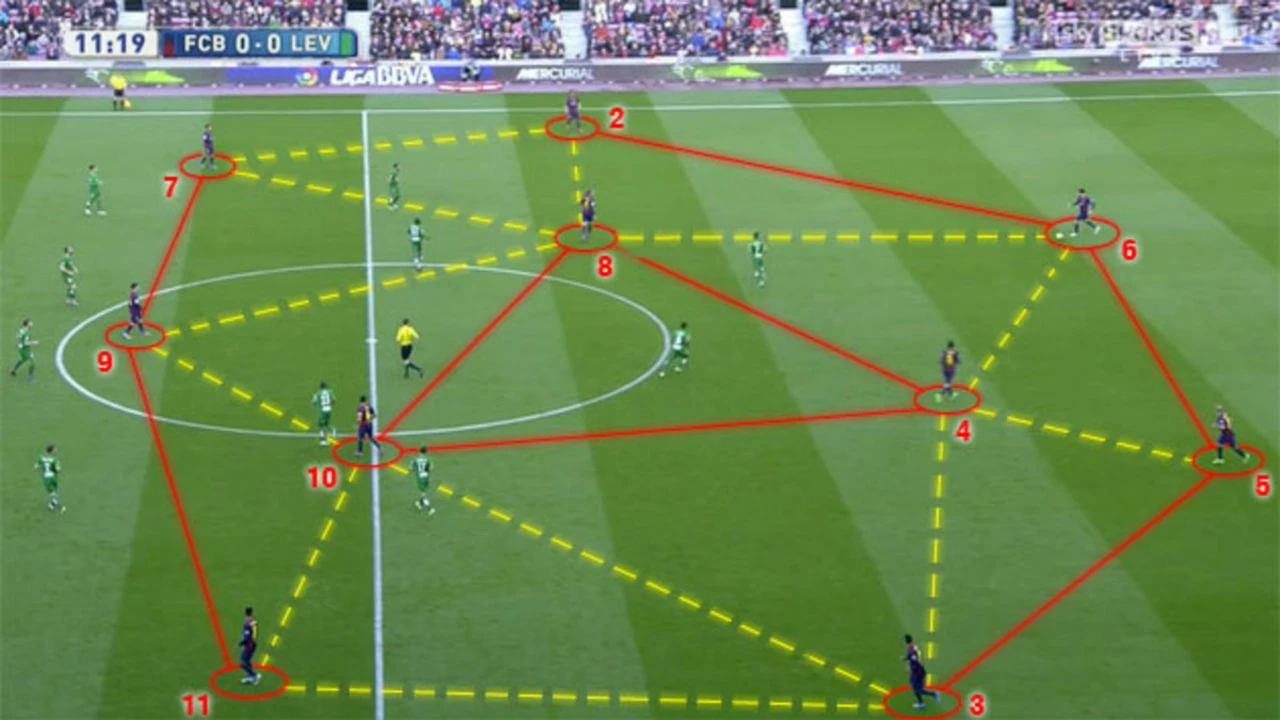Soccer Strategy: The Real‑World Tactics That Shape Every Match
If you’ve ever watched a game and wondered why a team suddenly switched formation or pressed high, you’re looking at strategy in action. It’s the invisible script that coaches write, the moments that turn a tight match into a win. This page gathers the best how‑tos, previews and tactical breakdowns so you can read the game like a pro.
Why Strategy Matters for Every Fan
Strategy isn’t just for coaches – it’s the key to enjoying the sport on a deeper level. When you spot a high press, a sudden switch to a 3‑5‑2, or a counter‑attack after a corner, you instantly understand the intent behind the moves. That ‘aha’ feeling makes every pass and tackle more exciting because you know the why, not just the what.
Take our Carabao Cup preview of Tottenham vs Doncaster as an example. The article highlights Spurs’ intent to dominate possession with a 4‑3‑3, while Doncaster plans to sit deep and hit on the break. Knowing those plans lets you predict where the ball will travel, which players will get involved, and when the game might swing.
Practical Tips to Spot Tactical Shifts
1. Watch the shape. A team that spreads wide is trying to stretch the defense. When the line compresses, they’re likely setting up to press or defend a lead.
2. Listen to the manager’s comments. Pre‑match interviews often give clues: a coach might say they’ll “play an aggressive press” or “stay compact”. Those words usually translate onto the pitch.
3. Notice player roles. A winger who drops back often becomes an extra midfielder, helping control the middle of the park. Conversely, a forward pushing high signals a press‑by‑the‑defender approach.
4. Track substitution patterns. Bringing on a fresh midfielder around the 60‑minute mark often means the coach wants to win the ball higher up the field. A late striker indicates a push for a goal.
5. Look for set‑piece routines. Teams practice free‑kick and corner tricks. When a player takes a short corner, they’re likely aiming for a quick shot or a second‑ball scramble.
Our post on “What is the proper air pressure for a soccer ball?” shows how even equipment details affect strategy. A ball that’s too light can travel further on long passes, influencing a team that relies on quick, long balls.
Understanding these cues turns a casual viewer into a tactical analyst. You’ll start predicting when a manager will shift to a more defensive 5‑4‑1 or why a side adopts a false‑nine system.
Beyond match previews, we also cover broader topics like “Why were soccer players back in the 60s not as good as today?” – a look at how training, nutrition and technology have reshaped strategy over the decades. Modern players run data‑driven drills, meaning teams now have more precise game‑plans than ever.
Ready to sharpen your tactical eye? Browse the articles below, pick a recent match preview, and try spotting at least three strategic moves before the final whistle. The more you practice, the faster you’ll spot patterns and enjoy the beautiful game on a whole new level.
What position should the fastest player play in soccer?
Alright, buckle up soccer enthusiasts! We are setting off on a thrilling journey to find the perfect spot on the pitch for our speed demons. Ready? Here we go! Now, conventional wisdom might suggest the winger or forward positions for our lightning-fast players, and that’s not wrong! Zipping past defenders and making those breakaway goals, that's their bread and butter, right? But, plot twist! What about considering them for the full-back position? With their speed, they can be a fantastic defensive asset, intercepting passes and joining the attack when needed. Boom! Who would've thought? So, there you have it, both conventional and a little outside-the-box thinking. After all, in soccer, speed is not just about scoring, but also about preventing the opponent from doing so!
Kieran Donovan | Jul, 28 2023 Read More
